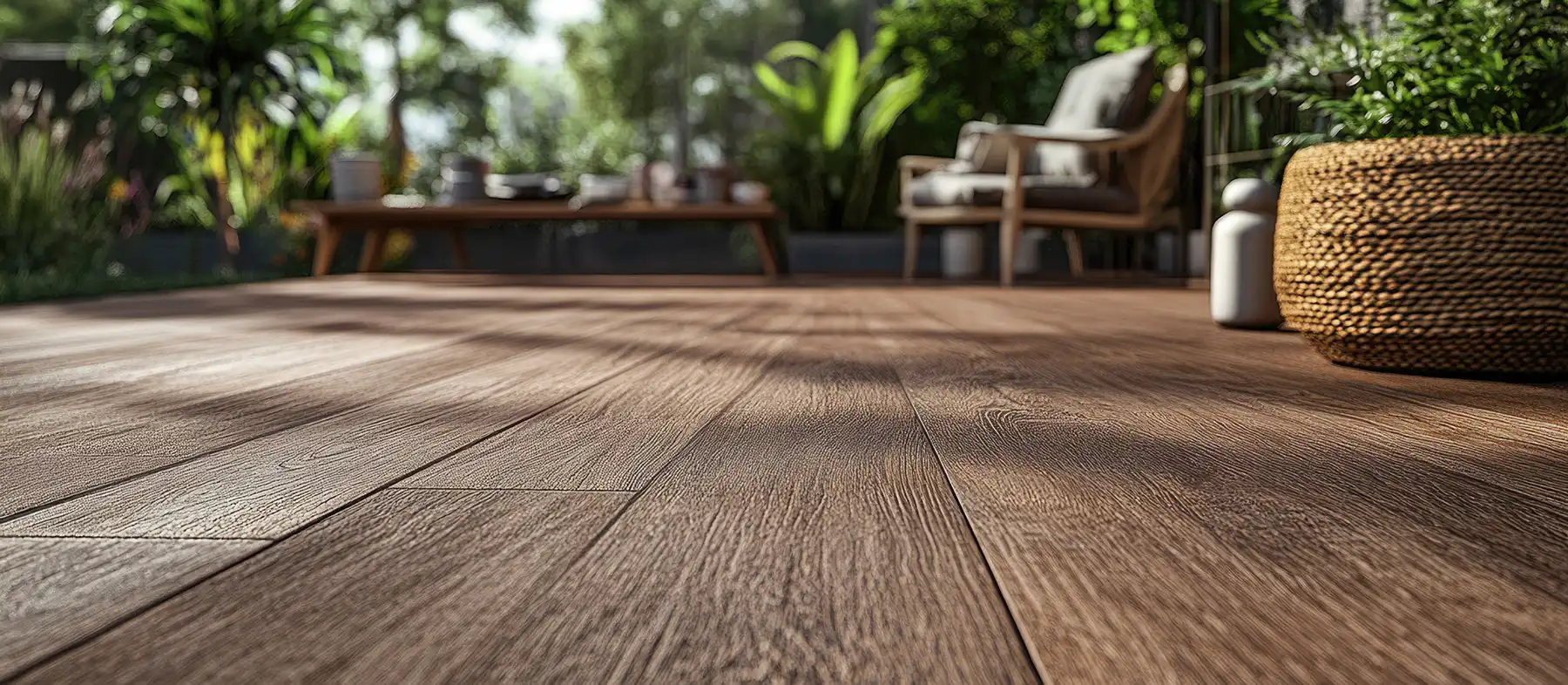Take a gander around Iowa City, and you’ll see houses of every shape, size, and style. From stately Victorians lining Summit Street to new neighborhoods popping up on the edge of the town, you can find houses dating back to as early as the first half of the 19th century all the way to homes being built today. As time has progressed, styles have come and gone out of fashion, leaving us with a wonderfully eclectic mix of old and new.
Over the next few months, we’ll be highlighting various architectural styles that you can find in Iowa City and the surrounding areas. This week we’ll be diving into a quintessential Midwest home design: The Prairie.
History
The Prairie architectural style originated in the early 20th century in Chicago, when a group of architects dreamt of breaking away from the typical, European-influenced architecture in America. Instead, they wanted to create their own architectural style suitable to the American Midwest. This driven group of architects attracted the likes of Frank Lloyd Wright and Louis H. Sullivan and earned the name “Prairie School” by historians. Most Prairie homes were built between 1905 and 1915, as the style went out of fashion shortly after World War I.
Identifying Prairie Homes
While there are numerous variations of Prairie homes, there are several key elements that can help identify this style. In general—when determining whether a home is Prairie style—you should look for the following features:
- Two stories, with one-story wings or porches that extend the length of the house
- Large, square columns supporting the porch
- Flat or low-pitched, hipped roofing with wide overhangs
- Horizontal lines built to mirror flat prairie lands
- Windows assembled in horizontal lines
- A prominent chimney
- Open floor plan with free-flowing spaces
- Built-in cabinetry and furniture
Variations
While all Prairie houses share distinguishing features, it is common to see variations within the architectural style that make each home unique.
The most common variation of the Prairie home is often referred to as the “Prairie Box” or “American Foursquare.” This well-known design received its name due to its signature square or rectangular frame. It is common for this style to have hipped dormers, double-hung sash windows, and a single-story porch that spans partway or fully along the house. While as a whole the home is very symmetrical, the entrance of the home can be either centered or off-center. Typically, this variation is built with locally available materials, including wood, brick, or stone.
Taber Andrew Bain, Flickr
While the American Foursquare is the most common style of Prairie house, others have their own unique characteristics. You may find Prairie homes that are asymmetrical in design, such as the Edward R. Hills House located in Oak Park, IL (pictured below).
Teemu008, Flickr
Other Prairie-style homes have inconspicuous entrances that are located on the side of the house, overshadowed by horizontal rows of casement windows and impressive vertical detailing or obscured by cement walls.
Ryan Dickey, Flickr
While most typically feature a low-pitched, hipped roof, where all four sides slope downwards from a central point, Prairie homes can also be found with a gabled roof, which consists of two roof sections sloping downwards from a shared ridge, but they are much less common. If you’re looking at a gable-roofed home that fits part of the description but lacks the boxiness of the standard Prairie, you might actually be looking at a Craftsman-style home.
As with all architectural styles, the original design has evolved over time. You can still find influences of the original Prairie design in today’s newer home developments.
Local and Regional Examples
Because the Prairie architectural style originated in Chicago, its influence can be seen in Iowa and throughout the Midwest. We’ve put together a list of a few notable examples that can be found either locally or regionally.
Local:
- Ned Ashton House, Iowa City
Regional:
- Historic Park Inn, Mason City, IA
- Oak Park and River Forest, Chicago, IL
- Amberg House, Grand Rapids, MI
- Allen House, Wichita, KS
Do you know of any Prairie homes in your community? We’d love to see them! If you feel inclined, snap a photo and tag us on Facebook, Twitter or Instagram and use the hashtag #UAhistorichomes.





